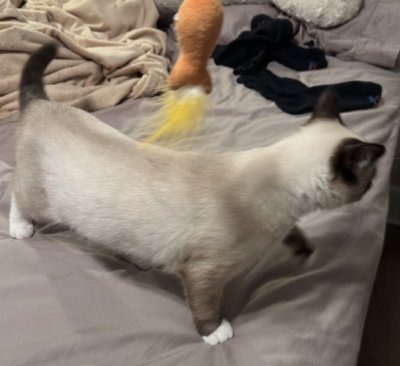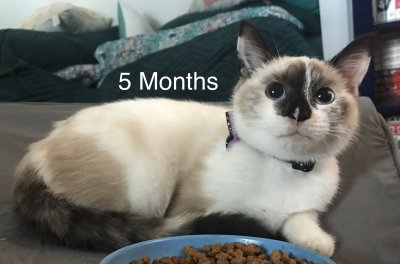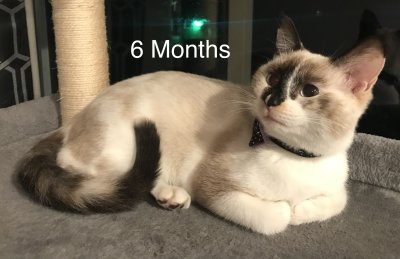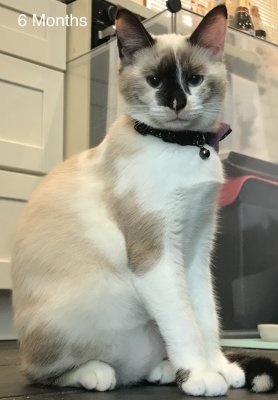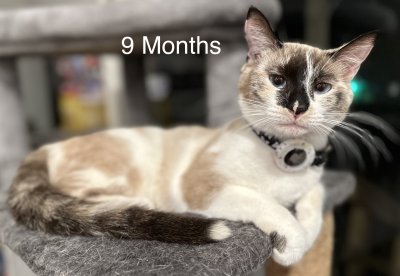Our kitten is several months old and not all grown up yet. I think he is clearly part Siamese, but is there something else? I have read that a purebred Siamese cat will not have white feet, but also saw a couple people on another cat forum say it is possible for a purebred Siamese to have white feet. Other search results say he's a snowshoe, but when I look up pictures of snowshoe Siamese cats, he doesn't really look like them. I love him no matter what he is, but I'm just really curious what his mixture might be. Anyone familiar with Siamese cats care to offer your thoughts on this cute kitty? Thank you!




